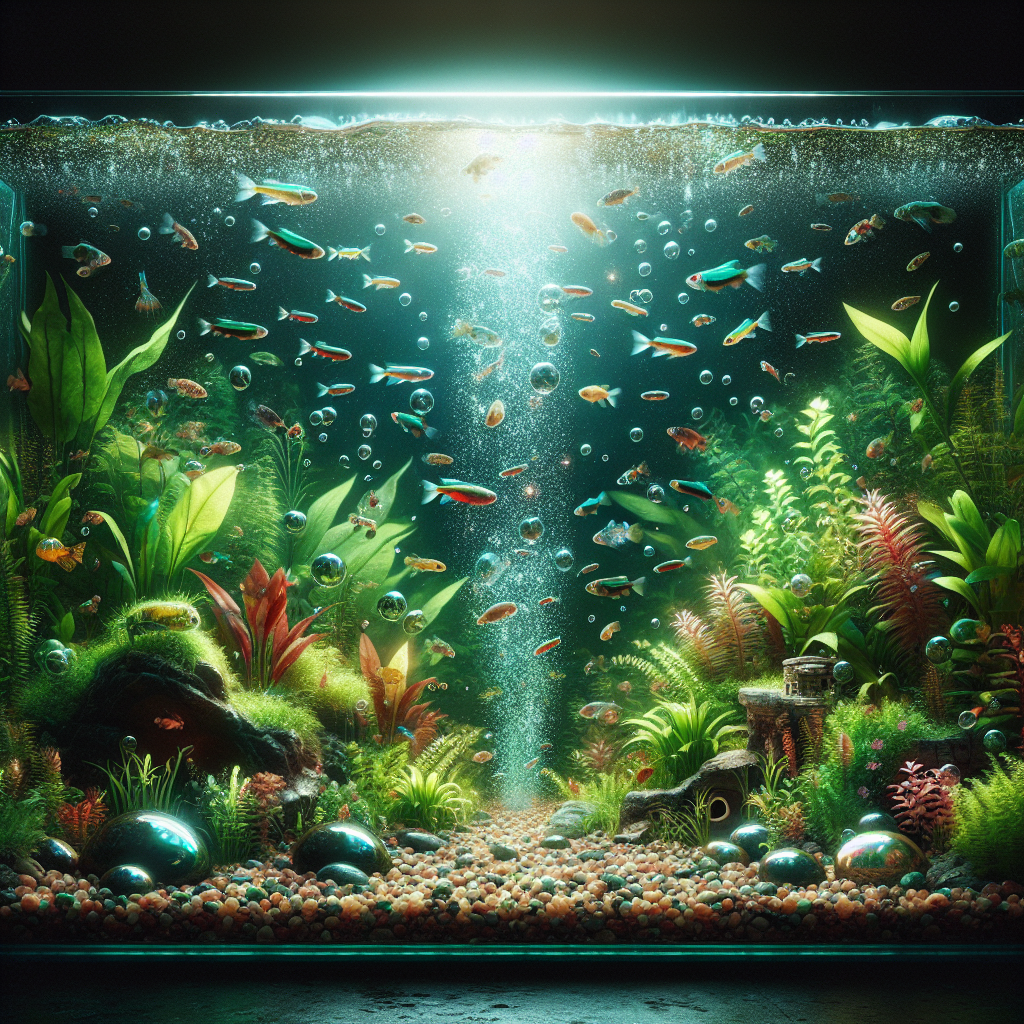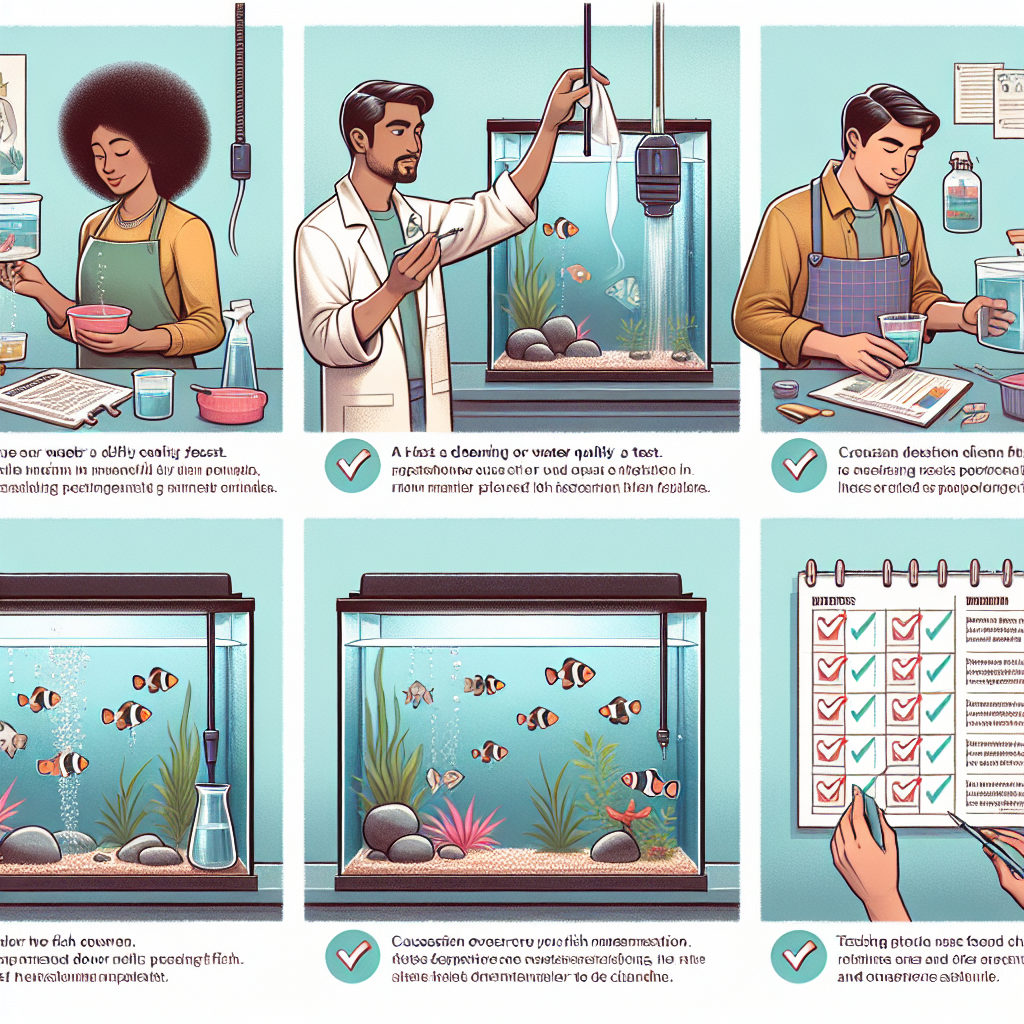Aquarium Styles
When it comes to setting up an aquarium, one of the primary considerations is whether to opt for a community tank or a species-specific setup. Both have unique charms and challenges that are vital to understand, especially if you're keen on creating a thriving underwater world.
Community Tank Basics
A community aquarium is the underwater equivalent of a cosmopolitan city. It's a dynamic habitat where diverse species coexist. The fascinating interplay between different fish behaviors and appearances makes these tanks incredibly popular among aquarists of all levels.
Planning Your Tank
Key to a successful community tank is compatibility. Fish need to have similar water parameter requirements like temperature and pH, and be temperamentally suited to living with others. For example, both neon tetras and guppies prefer calm waters and are peaceful, making them excellent neighbors.

Advantages
Community tanks can be incredibly educational, as they showcase the dynamics of an ecosystem. They're also visually stimulating due to the variety of colors and activities that a well-selected group of species brings to the aquarium. To read more about different species that can live together, check out our Freshwater Species page.
Challenges
Maintaining harmony is the main challenge in a community tank. Aggressive or territorial fish can disrupt the peace, and some species may have different dietary needs or might outcompete others for food. Monitoring and managing these factors are essential for a balanced community.
Species-Specific Setups
If a single-species community speaks to you more than a melting pot, a species-specific tank might be your preference. These tanks focus on one type of fish, allowing for specialized environments that cater to their particular needs. If you're interested in specific tank setups, take a look at our Setting Up Your Aquarium resource.
Catering to Needs
With a species-specific tank, you can create an environment that precisely matches the natural habitat of the chosen species. This can include specific water conditions, lighting, and decor. This high level of fine-tuning can result in happier, healthier fish.
Benefits
These tanks often allow for easier health monitoring and can prevent cross-species disease transmission. They also provide a magnified view of a particular species' behavior, which can be both mesmerizing and instructional.
Limitations
The absence of variety is the main drawback here. With one species, you won't experience the colorful diversity and intricate social behaviors present in community tanks.
Considerations for Setup
Both tank types require strategic planning, but they differ in their approach. For instance, community tanks need more research into compatibility, while species-specific tanks focus more on the exact environmental conditions.
Additionally, aquascaping—or the art of arranging aquatic plants, rocks, and substrates—serves different purposes in each setup. Community tanks might mimic a diverse, natural environment, and species-specific tanks might recreate a particular scene from a fish's natural ecosystem.
Tank Maintenance
Whichever aquarium style you choose, maintenance is key. Regular water changes, filter maintenance, and careful monitoring of water parameters are essential practices that keep your aquatic pets in top condition. Need tips on maintenance? Check out our Maintenance and Care guide.

Starting Your Aquarium
Before plunging into the hobby, research is your best friend. From water chemistry to fish personalities, grasping the basics will serve you well. Wondering where to even begin with your new aquarium? Here's a helpful external resource: How to Plan a Single Species Aquarium.
In conclusion, both community and species-specific aquariums offer unique opportunities to explore the underwater world. Start with understanding your goals and what you're ready to commit to in terms of time, money, and effort. Regardless of your choice, the joy of creating a living, breathing, aquatic scene is an unparalleled experience.